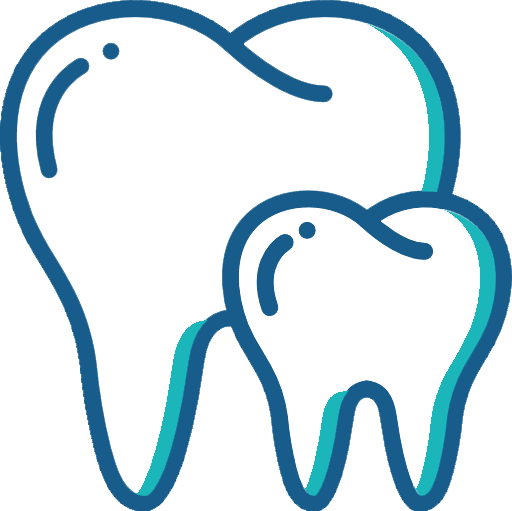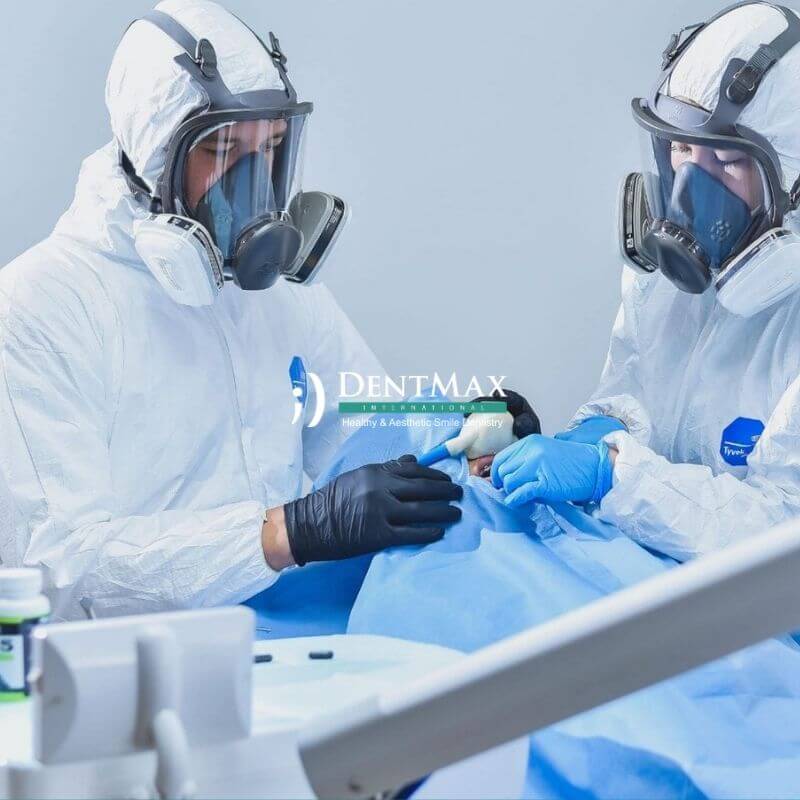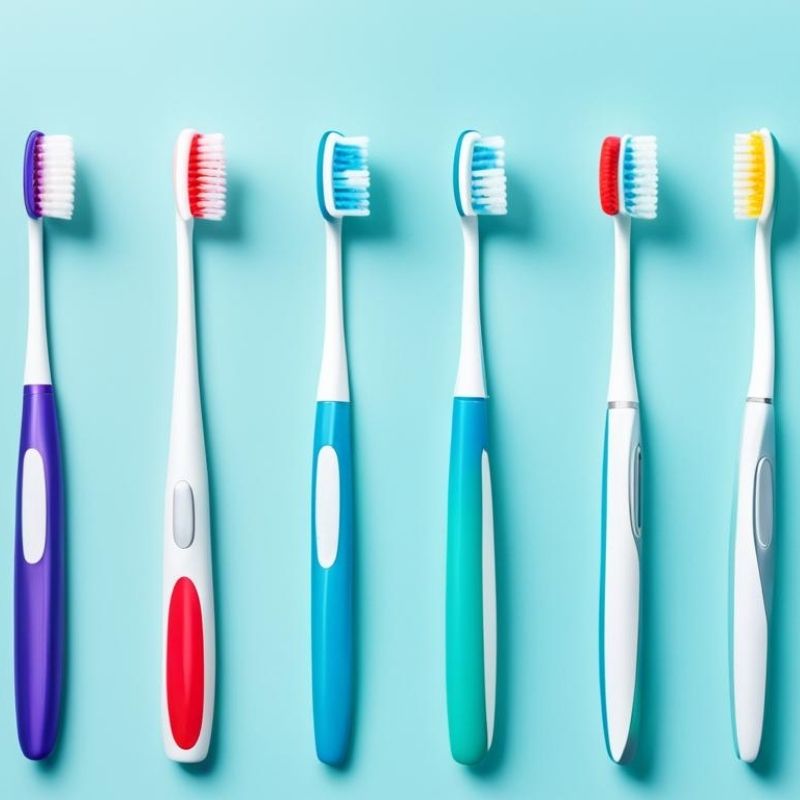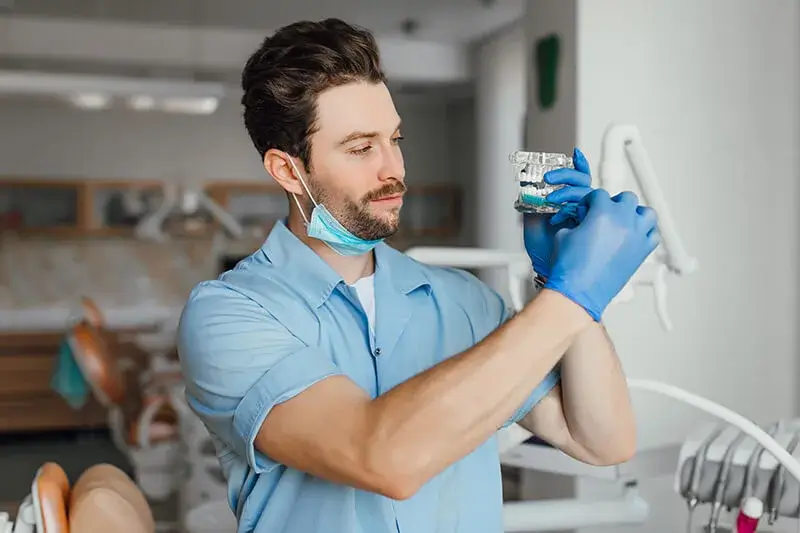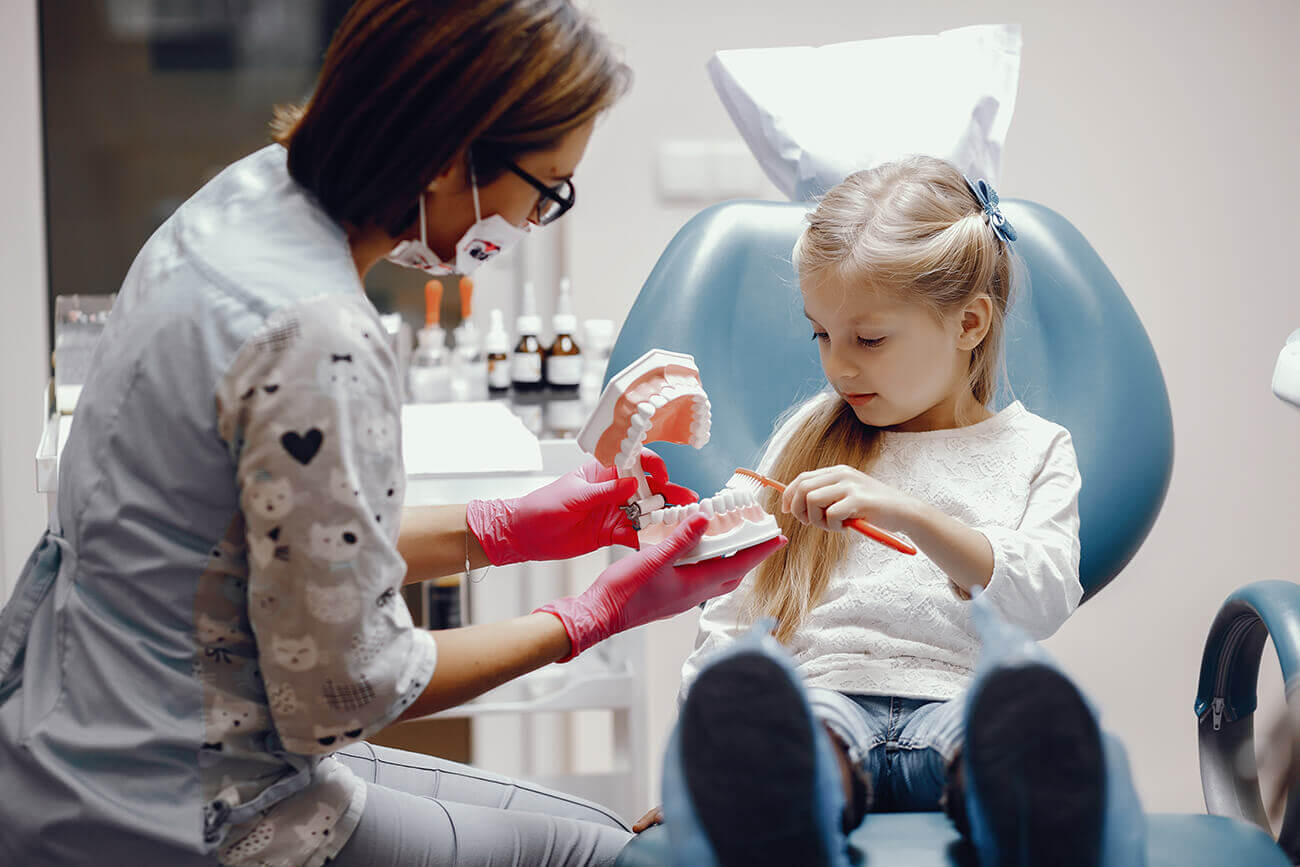1. Intraoral 3D Scanning
The process begins with a high-resolution digital scan, eliminating the need for messy traditional impressions. Devices like iTero capture the full structure of the teeth and gums with extreme accuracy.
2. Software-Based Orthodontic Planning
The 3D model is used to digitally plan tooth movements, occlusion, and force directions. This step ensures a personalized and predictable treatment outcome.
3. Appliance Design
Based on the treatment plan, the suitable appliance type (aligner, expander, splint, face mask, or mini-screw system) is designed using specialized CAD software.
4. 3D Printing and Production
The design is sent to a 3D printer. Using biocompatible, high-resolution materials, the appliance is manufactured with precision and then finished and polished.
5. Clinical Delivery and Follow-up
The final appliance is delivered to the patient. Instructions for use are given, and follow-up appointments are scheduled to monitor progress digitally.



